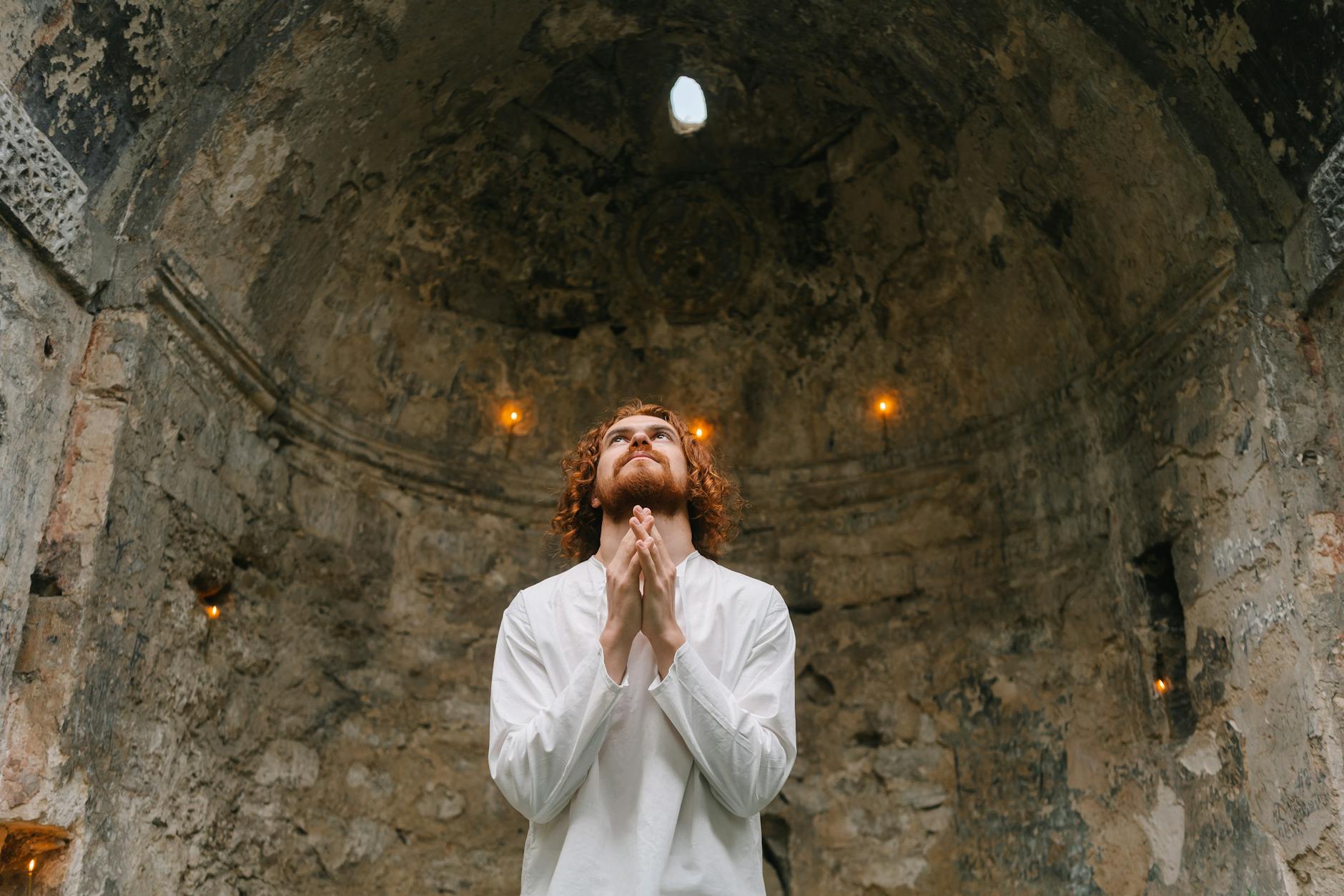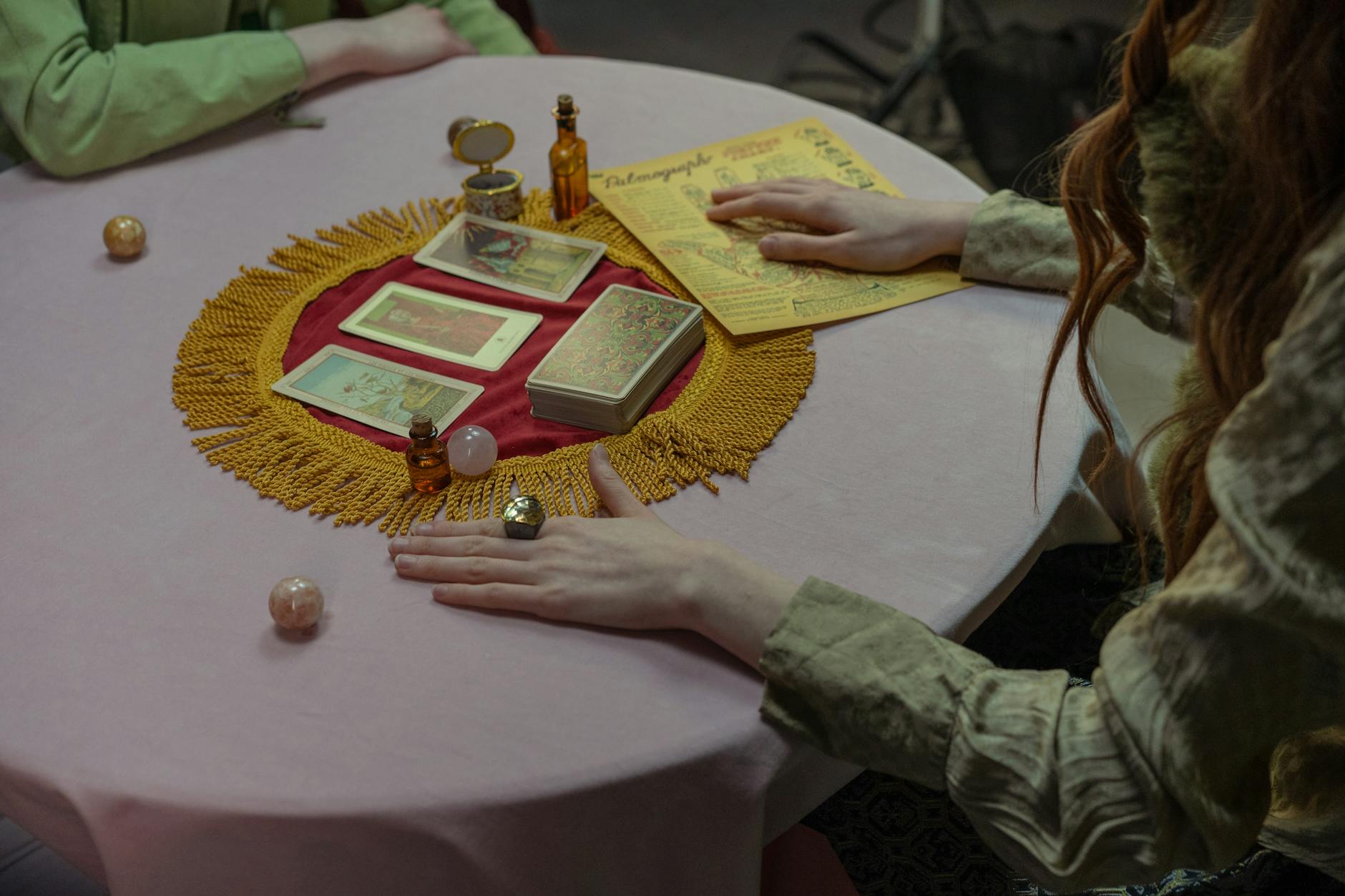Psychedelic art, birthed in the 1960s counter-culture movement, is a visual representation that manifests primarily from inspired visions evoked by states of higher consciousness. The art form often employs a wide array of richly saturated colors, complex geometrical patterns, and allegorical imagery that conveys both subtle and stark metaphysical references. The vibrant, surreal, and often mystifying visuals capture the essence of trippy experiences incited by psychedelic substances, meditation, or various other spiritual practices.
Psychedelic art employs several notable symbols, each evoking unique meanings and representing different aspects of spirituality and cosmic consciousness. These symbols commonly found in psychedelic art resonate with the metaphysical world, expressing vast cosmic realities and spiritual realms beyond the tangible.
One of the primary symbols utilized in psychedelic art is sacred geometry, a perception of geometric shapes imbued with profound spiritual or philosophical meanings. Sacred Geometry posits that all things in our reality, both tangible and abstract, have geometrical patterns, mathematical ratios, and harmonics at their core. The shapes used in psychedelic art often incorporate elements of sacred geometry, depicting the intrinsic patterns that bind the universe together. Such simplistic yet profound representations highlight the interconnectedness of all things – a notion that resonates deeply with the psychedelic experience.
Artists also frequently use mandalas- symmetrical designs frequently encircled- as a symbolic representation of the universe in balance. The intricate compositions found within mandalas reflect the microcosm and macrocosm within and outside us. This meticulous arrangement of geometrical forms and vibrant colors serves to cultivate an inner sense of balance and completion mirroring the harmony inherent in nature and the cosmos.
Symbols influenced by various world religions and spiritual practices are also prominent in psychedelic art. These range from Christian crucifixes, Buddhist lotus flowers, to Hindu deities, emphasizing the universal spiritual nature of psychedelic and transcendental experiences.
Moreover, the Eye of Providence or the single all-seeing eye is a reoccurring symbol appearing in spiritual, religious, and mystical contexts across cultures. In psychedelic art, this emblem often symbolizes an awakened state of consciousness or a divine, omniscient presence observing all things.
Psychedelic art’s intrinsic purpose is communication beyond language- it aims to take viewers on a voyage into realms beyond ordinary perception and rational understanding, channeling transcendental experiences. By doing so, it invites viewers to reflect on their consciousness and place in the universe, inspiring spiritual awakening and personal transformation.
In many ways, psychedelic art serves as a bridge that connects individuals with the esoteric, the mystical, and the transcendent. The symbols used within this art form are not just random visual accessories- they are powerful metaphors that express universal truths about life, consciousness, and existence.
To the uninitiated observer, psychedelic art might appear as chaotic and disorienting visual noise. However, for those familiar with the terrain of altered states of consciousness, the symbolism layered within psychedelic artistic expressions offers profound cosmic insights and spiritual epiphanies.
In conclusion, the psychedelic art movement, by employing various metaphysical and spiritual symbols, seeks to spotlight what often lies dormant in our ordinary perception: a deeper, interconnected essence of existence. Thus, it serves as an aesthetic metaphor for Cosmic Consciousness, a narrative of our place within the universe, a visual representation of sacredness, and a pathway to personal and spiritual transformation.
Sources:
1. Britannica
2. Met Museum
3. OMICS International
4. Eye of Providence








